We were promised jetpacks and the recent release of The Wonderful Future That Never Was (Hearst) by Gregory Benford and the editors at Popular Mechanics proves it. The book collects the various technological and lifestyle predictions made in the pages of Popular Mechanics between 1903 and 1969, both colorful and in color, true and fanciful. We did end up harnessing the power of the atom, but we didn’t end up building enormous runways on top of flat-topped skyscrapers.
It’s pretty amazing to read how many of the predictions actually came true in one form or another. Click below the cut for an excerpt from Chapter Three: “Mind & Word Become Far-Reaching & Universal.”
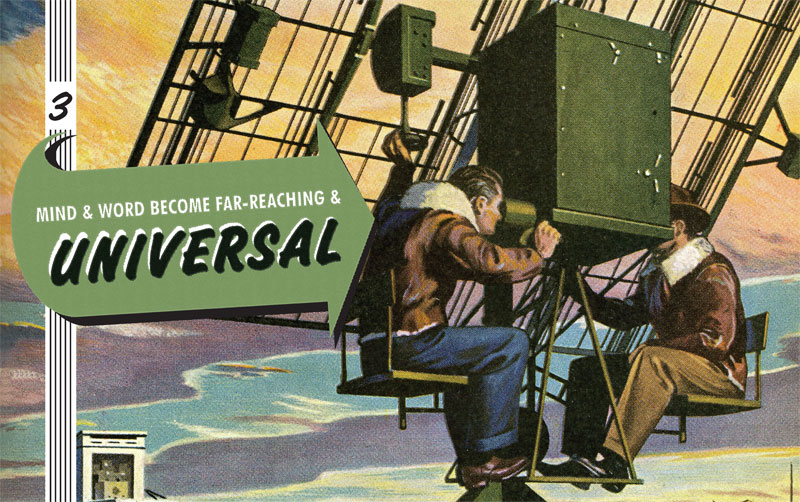
A 1965 short story, “Dial F for Frankenstein,” began, “At 0150 GMT on December 1, 1975, every telephone in the world started to ring.” An artificial intelligence was on the line to all humanity, born from the newly operational satellites orbiting the globe.
We now have an Internet with far more connections, but no spontaneous intelligence. Many who envisioned a world deeply interconnected also had similar thoughts. The story’s author, Arthur C. Clarke (who also wrote the film 2001: A Space Odyssey), had proposed in 1945 that satellites in orbits of exactly one day would be ideal relays for all kinds of signals. He saw both the uses and misuses of a thoroughly linked world. So, too, did many who had earlier ideas of how to speedily connect us.
Radio was the most common agency, and countless inventors devised things like the “electric handshake” so people could meet and actually feel the hand of a stranger. That never took off, but in 1905 inventors started thinking about what we now call the fax machine, and electronic money transfer, as well. As one bright-eyed article put it, “If that sounds fantastic, you should know that every device necessary for the accomplishment of this coming miracle is in operation today.” In reality it took more than fifty years.
People wanted to connect—either with fast transport or communications. Radio was, along with airplanes, the hip, cool technology of the century. (A chain of radio magazines started the first science fiction magazines.) Worldwide mail delivery by “fast jet and rocket-propelled mail planes” got it half right, at least. “Radio delivery of facsimile newspapers directly into the home may be a reality in the near future” said a 1938 article—and they became available by 1990. Popular Mechanics got minor features right, too, predicting that push-button phones would replace dial phones—so nobody can actually dial F for Frankenstein today.
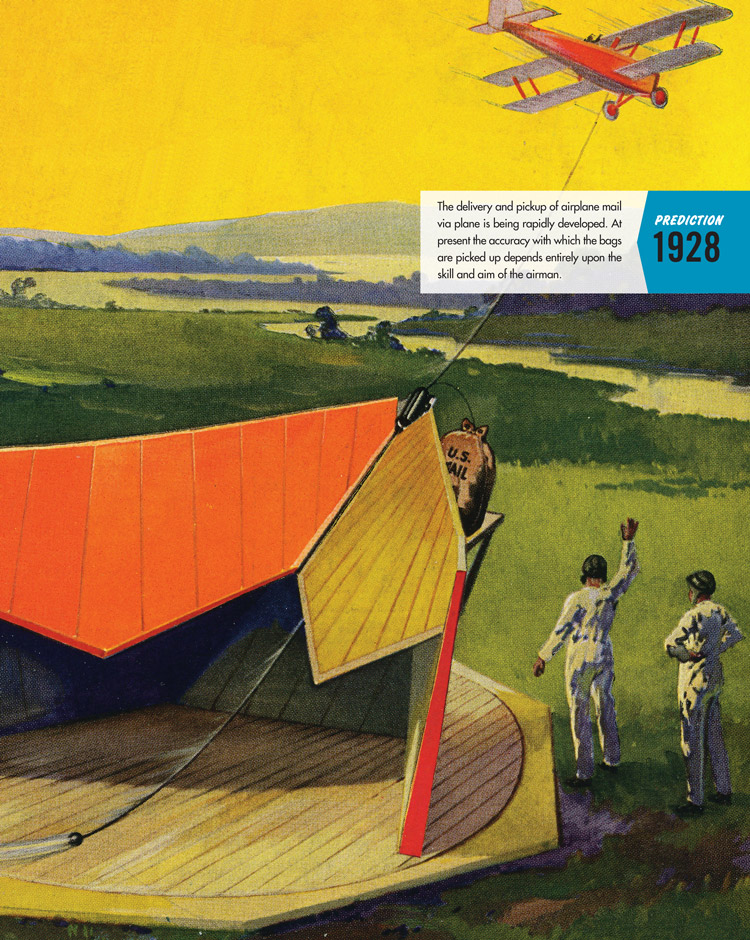
A 1950 prediction of “television telephone sends image of speaker picture-phone” was one of many that assumed we would want to have pictures along with sound on our telephones. We could now, of course, but there’s no real demand. Instead, the software Skype makes this free over the Internet, anywhere in the world, even for conference calls.
People wanted pictures, sure, but for entertainment. The first public TV broadcast was of Adolf Hitler opening the Olympic games in Berlin in 1936, and commercial TV spread across the United States in the late 1940s.
Today, Web sites do rough language translations for free. Indeed, perhaps the most striking thing about these kinds of predictions is that people never thought so much information would be just given away.
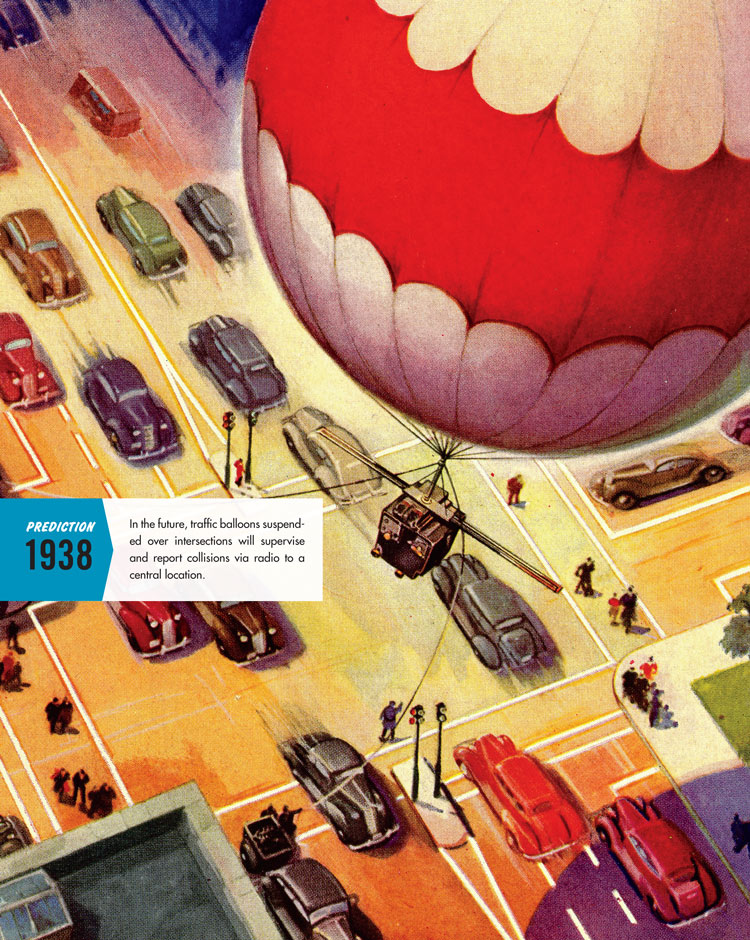
Looking back on it all, it’s useful to see how linear thinking can be outflanked by a wholly new idea. In the 1920s, contemplating that in the United States there might be as many as 50 million radio listeners, a pundit said, “The best solution may be a system of radio relay stations 20 miles apart on the level plains, perhaps 60 miles apart between mountain peaks.”
Instead, satellites took over. Arthur C. Clarke’s geosynchronous satellites now orbit by the thousands in what’s now called Clarke’s Orbit, doing this job for radio, telephones, and countless communications—at an astonishingly low true cost.
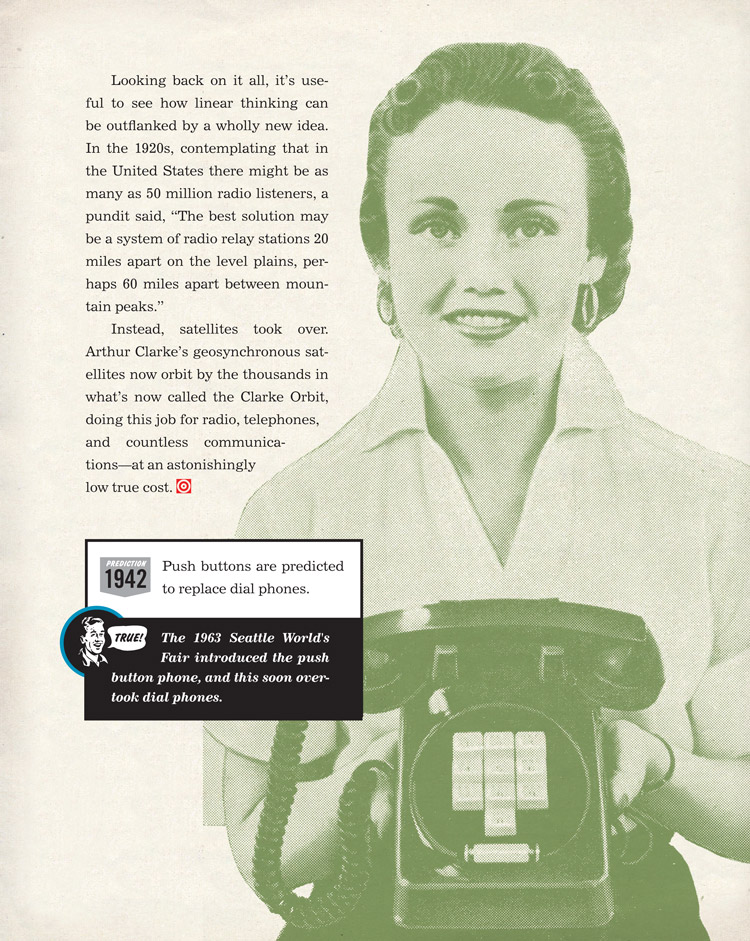
Copyright © 2010 by Hearst Communications, Inc. Used with permission.










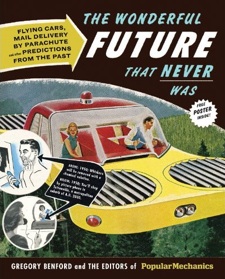
Reminds me of old Doc Savage books too. Back then I was a giant by all descriptions. Nowadays, just a normal guy.
Things have certainly changed. And Radio towers have been replaced by satellites and cell phone towers.
Woof™.
On the television-telephone, there’s an earlier Science Fiction mention of it, which again seems to assume that it’ll be on the way in no time at all – Cold Comfort Farm (1932) features visual phones, along with those easily affordable personal planes. I confess I didn’t even notice it was SF at all the first time I read it, but that television-telephone seemed inevitable there too.
You are cordially invited to see my StrongMobile Flying Car Project at http://www.strongware.com/dragon. You can view a 2-minute video of my full-size mockup model and consider the part about “Busting the Myths”.
I would greatly appreciate any opinions or recommendations you may care to offer.
Rich Strong (Major,USAF,Retired)